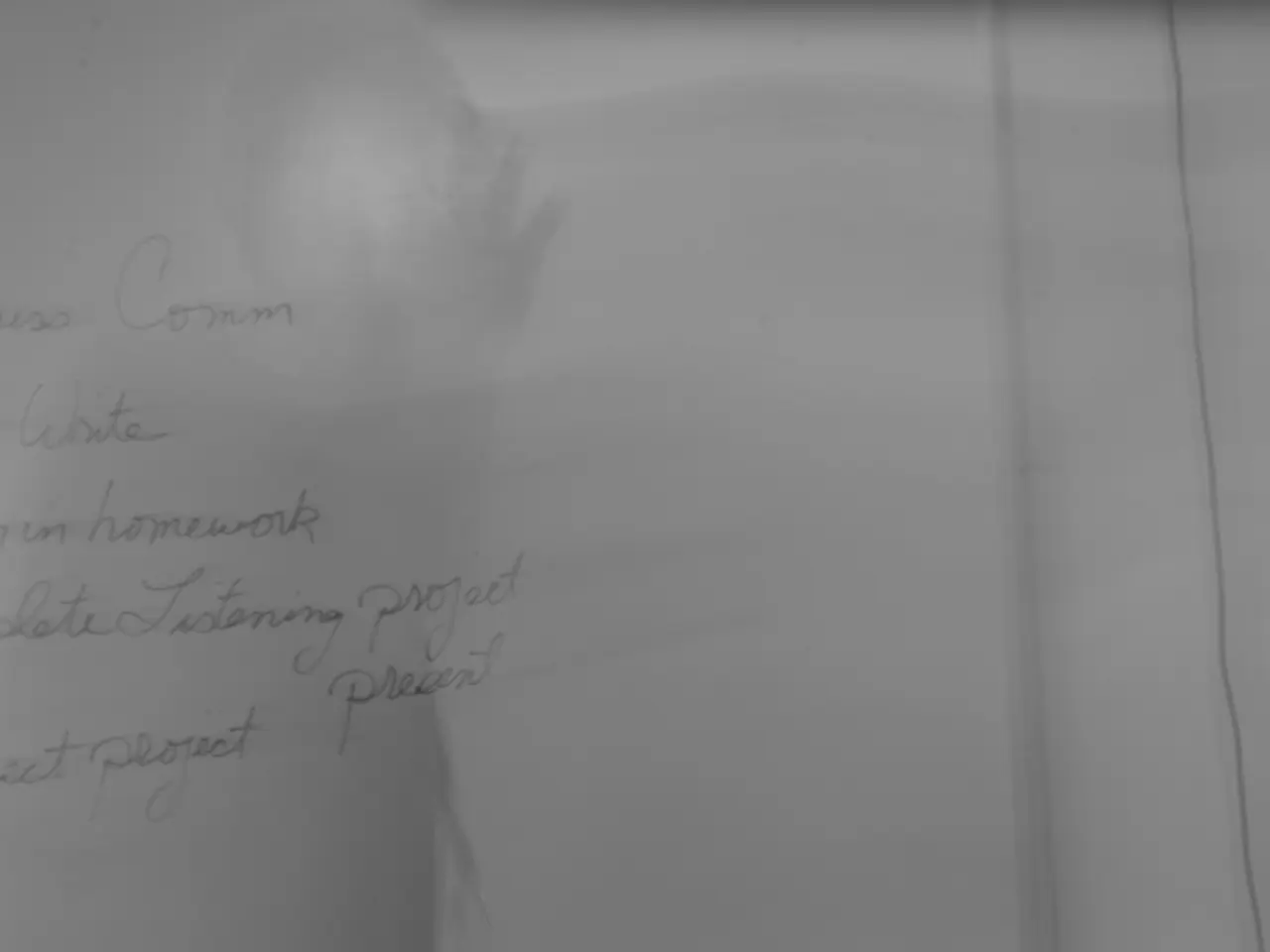"Unchecked Digital Exploitation": The Severe Impact of DRC on Unrestrained Digital Activities
### Unmasking the Dark Side of Digital Progress: Mining in the Democratic Republic of Congo
The rapidly expanding digital world, driven by the demand for smartphones, laptops, and electric vehicles, is inextricably linked to the mineral-rich lands of the eastern Democratic Republic of Congo (DRC). The DRC is a significant global source of critical minerals such as cobalt and coltan, indispensable for batteries, capacitors, and other components in digital devices[3][5].
This connection, however, is marred by a complex web of human rights abuses, environmental degradation, and conflict that has persisted for nearly three decades. The booming demand for green energy and digital devices has intensified mineral extraction, particularly in the eastern provinces, where armed groups like the M23 rebels control mining operations, undermining legal governance and contributing to insecurity[5].
Mining takes place both in large industrial operations and in informal artisanal and small-scale mines (ASM), with the latter responsible for 15-30% of cobalt production. Despite earning more than the average DRC population, ASM miners often struggle to meet basic needs and face systemic labor rights violations, including poverty wages, forced overtime, unsafe working conditions, and exposure to toxic substances[3].
The human toll is significant. Workers face daily risks from toxic fumes, dust inhalation, landslides, and mine collapses, often lacking adequate protection or medical support[3]. Women miners report sexual harassment and abuse, and union suppression persists despite the growing global reliance on these minerals[1][3].
Conflict and instability also plague the region. Armed groups controlling mining areas levy illegal taxes and use violence, fueling cycles of armed conflict that exacerbate insecurity and human rights abuses[5].
Environmental degradation is another consequence of unregulated mining. It causes severe soil erosion and pollutes lakes and rivers, disrupting hydrology and ecosystems[2]. Mining encroaches on protected areas such as Kahuzi-Biéga National Park and Itombwe Nature Reserve, threatening biodiversity. Miners, often hungry and far from food supplies, hunt endangered wildlife for bushmeat, contributing to drastic declines in primate populations[2].
An estimated 3–5 million tons of bushmeat are obtained annually, much through hunting by miners and other remote populations, posing a serious threat to wildlife conservation in the region[2]. The DRC's mining industry is also the most polluting, energy-intensive, and likely the most devastating in terms of biodiversity, with various forms of pollution[4].
Addressing this crisis requires systemic reforms in mining governance, respect for labor rights, and conservation efforts to mitigate environmental harm[1][2][3][5]. The digital revolution, it seems, comes at a high cost, one that demands urgent attention and action.
References:
[1] Amnesty International. (2020). Toxic Trades: How the Global Trade in Cobalt is Fuelling Human Rights Abuses in the Democratic Republic of Congo. Retrieved from https://www.amnesty.org/en/documents/afr45/5322/2020/en/
[2] Human Rights Watch. (2021). "They Kill Us Like Animals": Abuses Against Artisanal Miners in Eastern DRC. Retrieved from https://www.hrw.org/report/2021/03/17/they-kill-us-animals/abuses-against-artisanal-miners-eastern-drc
[3] International Institute for Sustainable Development. (2018). The Social and Environmental Challenges of the Artisanal Mining Sector in the Democratic Republic of Congo. Retrieved from https://www.iisd.org/library/the-social-and-environmental-challenges-of-the-artisanal-mining-sector-in-the-democratic-republic-of-congo
[4] United Nations Environment Programme. (2019). Mining, Conflict and Sustainable Peace in the Democratic Republic of Congo. Retrieved from https://wedocs.unep.org/bitstream/handle/20.500.11822/27836/Mining_Conflict_and_Sustainable_Peace_in_the_Democratic_Republic_of_Congo.pdf
[5] United States Institute of Peace. (2019). The M23 Rebellion in Eastern Congo: What We Know and What We Don't. Retrieved from https://www.usip.org/publications/2019/05/m23-rebellion-eastern-congo-what-we-know-and-what-we-dont
- The demand for green energy and digital devices, driven by the global tech industry, increases the extraction of critical minerals like cobalt, essential for digital devices, creating a complex link to environmental science and finance.
- Despite contributing significantly to the DRC's economy, the artisanal mining of these minerals is riddled with labor rights violations, including poverty wages, forced overtime, and unsafe working conditions, as well as environmental degradation and conflict.
- Addressing the environmental and human rights issues associated with the mining of critical minerals, crucial for science and technology, necessitates systemic reforms in mining governance, labor rights, and conservation efforts.




